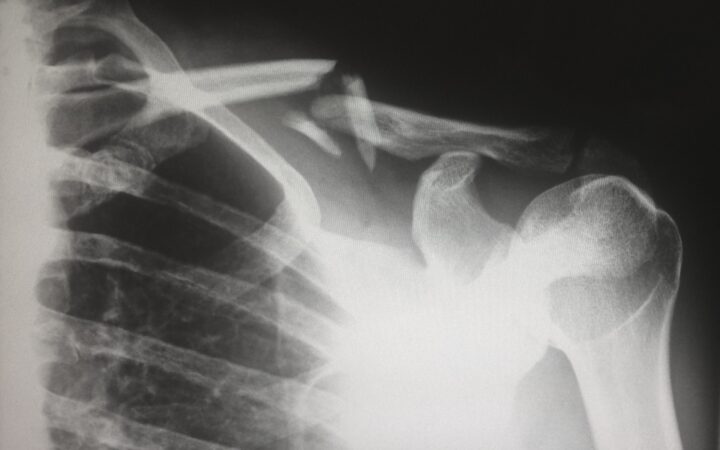Preventing Personal Injuries: Safety Measures for Everyday Life
In our fast-paced and dynamic world, safety often takes a backseat to our busy lives. However, the importance of preventing personal injuries cannot be overstated. From the moment we step out of our homes to engage in our daily activities, we are exposed to potential risks that can result in accidents and injuries.
The good news is that by adopting a proactive approach and adhering to safety measures, we can significantly reduce the likelihood of harm. This article delves into some essential safety measures for everyday life, highlighting the significance of prioritizing our well-being in all that we do.

1. Home Safety:
Starting from our very own homes, implementing safety measures can prevent a multitude of accidents. Ensure that your living space is well-lit to avoid tripping hazards, and keep walkways clear of clutter. Regularly check for loose floorboards, frayed carpets, and other potential stumbling blocks. Install smoke detectors and fire extinguishers in key areas, and test them regularly to ensure their proper functioning.
Secure rugs and carpets with anti-slip pads to prevent slips, and use safety gates if you have young children or pets. Properly maintain electrical appliances and cords, and keep them away from water sources. Store hazardous materials such as cleaning supplies and medications out of reach, preferably in locked cabinets. Conduct routine safety checks in your home to identify and address any potential risks promptly.
2. Road Safety:
When stepping outside, road safety becomes paramount. Always obey traffic rules and signals, whether you’re walking, cycling, or driving. Use designated crosswalks and pedestrian lanes to minimize the risk of accidents. Before crossing the street, make sure to look both ways, and be especially cautious near intersections.
Wear bright clothing or reflective gear when walking or cycling at night, ensuring that you’re visible to drivers. Avoid distractions such as texting or using headphones while walking near traffic. When driving, always wear your seatbelt and ensure all passengers do the same. In the event that an accident occurs due to the negligence of a driver, ensure you reach out to top personal injury lawyers. They can provide expert legal guidance and representation to help you navigate the complex legal aftermath.
3. Workplace Safety:
At work, following safety protocols is essential for both your well-being and that of your colleagues. Use ergonomic furniture and equipment to prevent strains and injuries, and adjust your workspace to promote good posture. Be familiar with the location of emergency exits and evacuation plans, and participate actively in safety training programs provided by your employer.
Properly store and handle hazardous materials according to established guidelines, and wear appropriate personal protective equipment when required for your tasks. If you notice any potential hazards in your workplace, report them to your supervisor or safety committee immediately. Encourage a culture of safety by engaging in open discussions about potential risks and best practices with your colleagues.
4. Fitness and Recreation Safety:
Engaging in physical activities is essential for maintaining good health, but safety considerations should not be overlooked. Before starting any exercise routine, warm up properly to prepare your muscles and joints. After exercising, take time to cool down and stretch to prevent strains and muscle tightness.
Whether you’re playing sports or engaging in fitness training, make sure to use proper techniques and suitable equipment to prevent injuries. Stay hydrated throughout your activities, and listen to your body’s signals to avoid overexertion. When participating in outdoor activities like hiking, biking, or swimming, research the area beforehand to be aware of potential risks and hazards.
5. Cyber Safety:
In the digital age, personal safety extends to the online realm. Protect your personal information by using strong, unique passwords for your online accounts, and consider using a reputable password manager to keep track of them securely. Enable two-factor authentication whenever possible to add an extra layer of security.
Be cautious about sharing personal details on social media platforms, and adjust your privacy settings to control who can access your information. Be wary of suspicious emails or links that could be phishing attempts, and never provide sensitive information in response to unsolicited requests. Regularly update your devices and software to protect against security vulnerabilities, and consider using reliable antivirus software to safeguard your computer and data.
Conclusion
Incorporating safety measures into our everyday routines is not just a choice; it’s a responsibility we owe to ourselves and our loved ones. By raising awareness about potential hazards, staying informed about safety guidelines, and consistently practicing precautionary habits, we can create a safer environment for everyone.
Remember, personal well-being is the foundation upon which we build our lives and pursue our aspirations. Let us all commit to making safety an integral part of our daily lives, ensuring that we thrive without unnecessary risks, and enjoy the peace of mind that comes from knowing we are taking active steps to prevent personal injuries.


